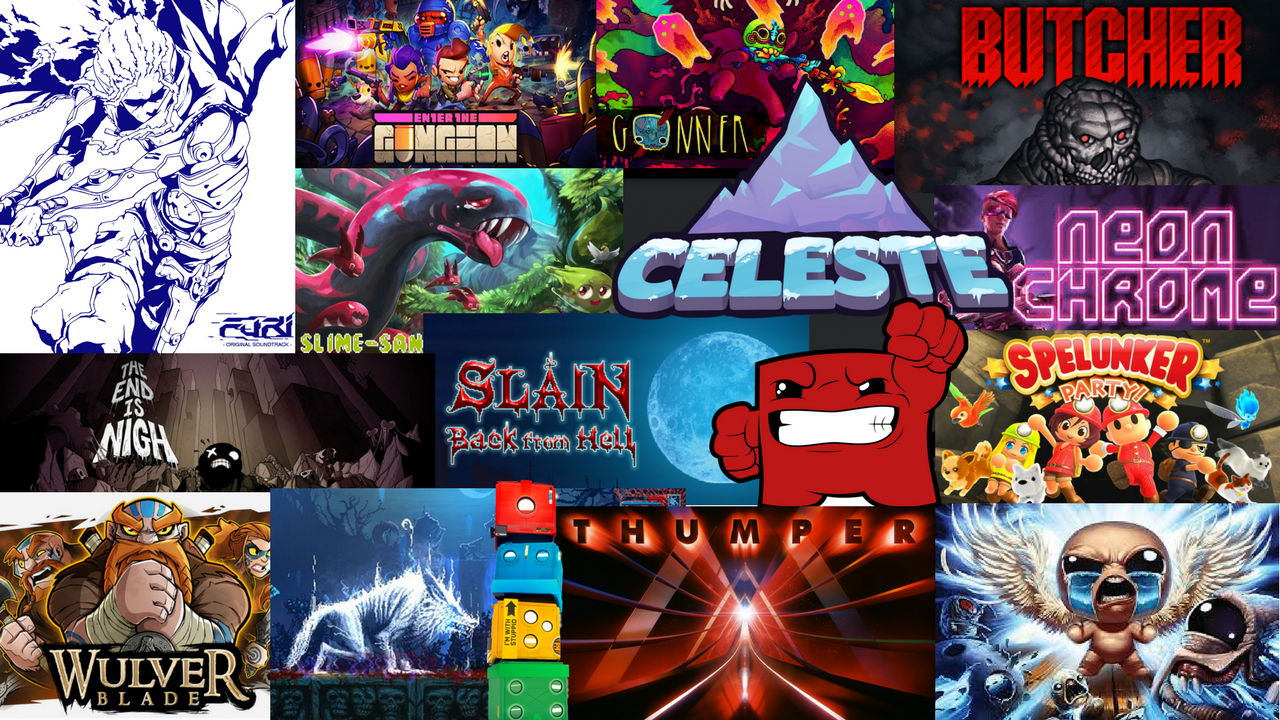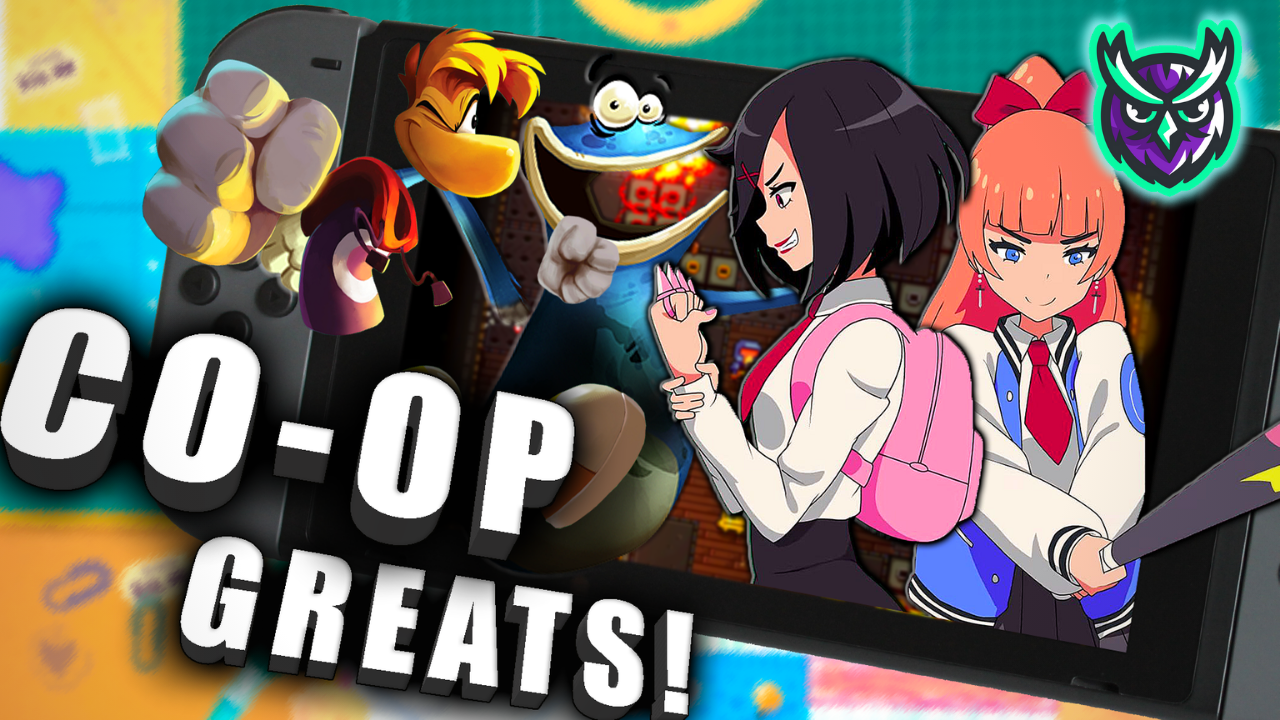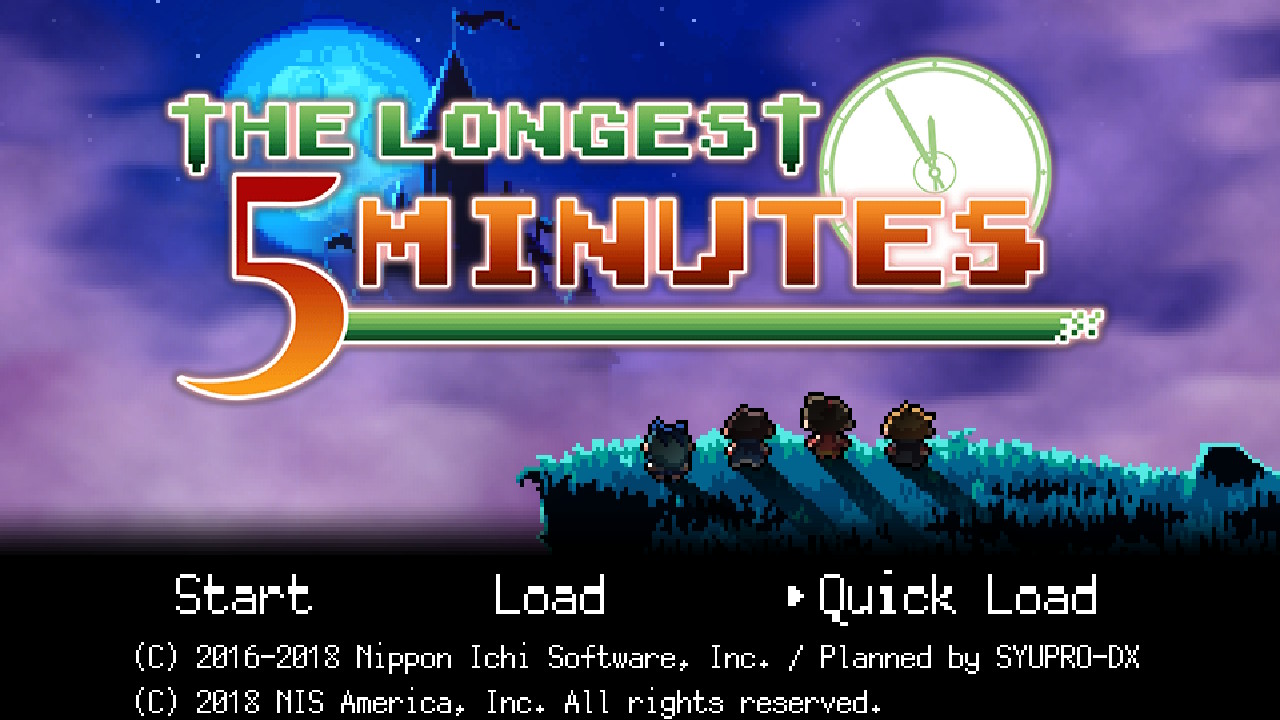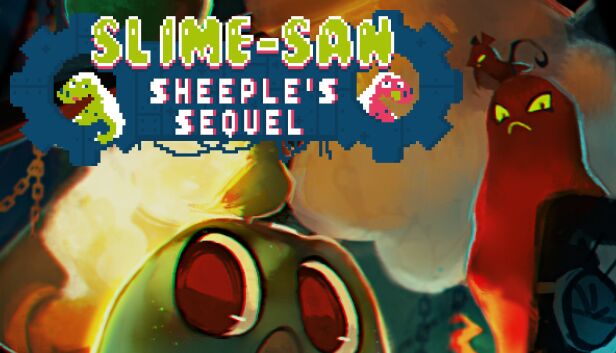The Longest 5 Minutes Nintendo Switch Review
Developer: Nippon Ichi Software Inc.
Publisher: NIS America Inc.
Release Date: February 13th, 2018
Price as of Article: $39.99 USD, £39.99 GBP
Here at Switchwatch, we normally put the transcript of our YouTube video reviews onto the website as a written review. This time, we are trying something a little different. Both Jordan and I have produced separate reviews for this game. His is a video review on YouTube, and mine is this written review on the website. I have embedded his review at the top of this article. We both decided on one overall score for the game, but aside from that both reviews are separate of one another. After you are finished reading this review, make sure to check out Jordan’s review, too!

Flash Back
The Longest 5 Minutes is set in a world where magic propels the world’s scientific development, and it is about a young man ironically named Flash Back who was appointed the title of Hero by his king. The game opens up in the middle of an epic battle between Flash and his three comrades with an entity known as the Demon King. The Demon King’s magic has caused Flash to suddenly lose all of his memories, and he must regain those memories during the battle in order to fight at his fullest capacity.
Unique Storytelling
The entirety of this game takes place across a five-minute battle with the Demon King. During this battle, you don’t have full control over the battle. Instead, it is a dialogue-driven battle. In fact, it was surprisingly cinematic for a game with such simple graphics. As your characters speak and perform attacks, a timer on the right-hand side of the screen will slowly tick up second by second. You could essentially think of this as an indicator for how far you have progressed in the story.
As Flash works to put together his past in the chaos of the battle at hand, he will occasionally have flash backs (haha) to the past. These will slowly unveil Flash’s reason for being there as well as how to fight.
Chapter-Based Memory System
Each time that you have a flash back, you will start a new chapter. These chapters are referred to in the game as memories. Each memory is essentially a self contained segment of the story, and you will return to the present after each one except in a few occasions. Sometimes you will have flashbacks to memories further back in time, but generally the memories progress directly from one to the next. The memory’s place in time will be denoted by the RPG Level.

Memory Select Screen
By pressing X, you can access the menu. Here, you will find an option called Memory Select. Once you enter this, a timeline across the five minutes of the battle with the Demon King will appear. This will detail several key points of the battle along with the exact time it happened. Some of these lines of text will be at a larger font than others. By selecting those memories, you can travel back to that point to play that section over again. Many of these will be memories which will lead you to a flash back.
All Fight No Filler
Something interesting you can do after you complete the game is go back to the beginning of the game to start the five-minute battle. Then, whenever you start a flash back or just before it starts, simply go into the menu and jump to the next scene in the final battle. By doing this, you can essentially bypass the gameplay segments and just watch the fight. It is somewhat cumbersome since if a memory starts, you have to fully enter it in order to access the menu, but it is still a great option to have.

Holding Onto the Past
The theme of the story is how important our pasts are. Without our histories, we can become lost as individuals. The game returns to this concept repeatedly when talking with NPCs and during the battle with the Demon King.
As the game begins, Flash’s memories had been almost completely wiped clean. It immediately introduces you to the main theme of the game by emphasizing how people who don’t know what they are fighting for are unable to unleash their potential. Additionally, what can you do when you are in the most important battle of your life and you can’t even remember the names of your closest friends?
By traveling back and forth between his memories, Flash slowly unravels his history and must become the hero he was anointed to be.
Fantastic Orchestrated Music
As TL5M opens, the music starts off with a slow and lovely piano melody. Flash stands there in a daze trying to understand who and where he is. Then, the Demon King is introduced and the music takes a sudden turn. It is fast, exciting and surprisingly performed by a live orchestra. In a game with a graphical style such as this, I did not anticipate hearing orchestral music, so I was very pleased to hear this. This particular track only plays when you are in the five-minute battle, but you will return to this scene very frequently since you come back between almost every chapter.
Synthesized Music During Gameplay
Once you start playing the game, the music will begin to sound more familiar to fans of classic JRPGs. While exploring towns or the world map, the music is fairly standard RPG fare and sounds to my untrained ears as a synthesized soundtrack. This is by no means a bad thing as the game targets fans of classic JRPGs. The music certainly feels right at home here.
Beautiful Piano Boss Theme
The regular battle music is fine, but it really stands out when you are battling a boss. There is only one boss theme, but it is all the game needs. It is a real treat to the ears and made me look forward to every single boss encounter.
<script async src=”//pagead2.googlesyndication.com/pagead/js/adsbygoogle.js”></script><!– –><ins class=”adsbygoogle”<!– –> style=”display:block; text-align:center;”<!– –> data-ad-layout=”in-article”<!– –> data-ad-format=”fluid”<!– –> data-ad-client=”ca-pub-5661714653949151″<!– –> data-ad-slot=”5669732186″></ins><!– –><script><!– –> (adsbygoogle = window.adsbygoogle || []).push({});<!– –></script>

Old School Graphics
TL5M utilizes an 8-bit art style reminiscent of classics on the NES such as Dragon Quest and Final Fantasy. The game has a bright and vibrant color pallet which helps everything in the world pop. This sort of art style appeals very well to an old-school RPG fan such as myself, but it won’t be what everyone is looking for.
Static Environments
Even in most RPGs of the NES era, there would be certain environmental effects such as the small waves in water rotating back and forth to give the illusion of motion. There might have also been flashing lights from neon signs. This game doesn’t really feature that. As Jordan points out in his review, one part of the game which stood out to both of us was a scene on a boat where it was implied that the scene was very chaotic. Yet, the boat was completely still, and there was no motion in the water. The characters expressed the scene fine through their animations and words, but everything else on display just felt out of place.

Lively Character Sprites
This was clearly one area where some extra money from the budget for this title was invested. The character sprites in this game are very well animated and much more expressive than I would have expected from 8-bit sprites. While speaking and interacting with one another, they show emotion clearly through facial expressions, a variety of body animations and effects such as their faces turning blue.
I found myself frequently looking forward to seeing how the characters would move during their many interactions, and I also really enjoyed watching them during the five-minute battle as they were placed front and center for the majority of it. The devs absolutely nailed this aspect of the game and kudos to them for it.
Mostly Stable
To my experience, TL5M is a fairly stable game. I did not experience any sort of slowdown and the game looks absolutely fantastic on the handheld screen. While I did not experience any crashes of any kind, it is worth noting that the game crashed once on Jordan about 1/4 of the way into the game’s storyline. We are unsure what caused this, but we could not replicate it, so it may have just been an unfortunate, random occurrence.

Nostalgia Gameplay
I am a huge fan of classic JRPGs such as the original Final Fantasy and Dragon Quest games. I grew up on those games, so they hold a special place in my heart. Everything about the game hearkens back to games from that era.
The character sprites are very similar in style to sprites as would have been seen then except for their excellent animations. The world map and towns are designed to look almost exactly like what would have been seen in Dragon Quest. The battle screen and HUD is designed to appeal to fans of Dragon Quest and Earthbound. In fact, when I first saw this game, I thought it was meant to be a spiritual sequel to Earthbound.
This game absolutely has a target audience. The devs clearly wanted to appeal to fans of old-school games with this title, but this where we run into a huge problem.

Inventory, Equipment and Skills Are Predetermined Each Chapter
Some key mechanics of RPGs are that you maintain your inventory and that you have control over skills you learn either by grinding or choosing from a skill tree. These two basic features give you a sense of progression by allowing you to customize your experience and choose how strong you will be.
The Longest Five Minutes does away with that entirely. There are shops where you can purchase equipment and items, and you can still find things in chest and in jars. However, going to the trouble of buying items or finding them felt completely unnecessary. Combat is relatively easy, and I never felt challenged even when playing through the chapters with the items I started with. The only thing which carries over between chapters is your gained experience, so there is at least purpose in grinding levels.
This game is designed to appeal to old-school JRPGs fans, but changing the mechanics I detailed here comes with the risk of alienating that very same target audience.

Quests
Each memory will have up to three quests for you to complete. One will be the primary mission required for progressing in the story. The others are generally optional, and they come with the only meaningful reward this game has: experience. You will gain a fair amount of experience by completing these quests, so they are well worth seeking out.
Returning to Old Memories
As I mentioned earlier, you are able to return to earlier points in the story at any time. I believe this is the reason why your equipment and items are predetermined for each chapter. It guarantees that you can revisit older parts of the game while still being fairly well balanced for those areas. By going back to older areas of the game, you will be able to reattempt quests to farm the experience gained by completing them.
I really quite liked this feature. It was especially useful for me while writing this review to be able to go back and replay older areas of the game at a whim. However, I’m not sure that it was worth the sacrifice of inventory progression.

Relatively Easy Turn-Based Battles
If you are a fan of classic JRPGs, then you will be familiar with the battle system here. As you roam on the world map and in enemy-infested dungeons, you will frequently get into random battle. You simply need to choose your moves for each character at the start of the turn and wait for the attacks to unfold. These kind of games are frequently challenging, but it is not the case in TL5M.
You will start each chapter with all of the items you need to complete it, your equipment will be more than strong enough and your levels will at least be high enough to complete it. I found that I had very few problems getting through any area of the game and could literally just hammer on the basic attacks to get through most battles. Even boss battles barely challenged me for most of the game.
*This review was written by Brian Myers for switchwatch.co.uk.
The Longest Five Minutes comes with a rather hefty price tag at $40 in the US and £40 in the UK. It will offer you about 15 hours of gameplay if you don’t replay chapters. The game is extremely linear, and it will keep you completely focused on the story all the way through.
If you want a great story with an innovative way of delivering said story, don’t care about having a sense of progression regarding your inventory and intend to play this game multiple times to see the different possible interactions between the squad and the demon king, then you will get your money’s worth out of this game. Its phenomenal music and great storytelling are what makes it worth the price. However, if you don’t care about any one of the above three points, then avoid this game. It will be extremely overpriced for you, and there are much cheaper games you can buy on Switch’s eShop which will give you what you want such as Golf Story.
Pros
Innovative Storytelling
Retro NES-Style Graphics
Well-Animated Characters
Some Choices in the Past Affect the 5-Minute Fight
Phenomenal Music
Cons
Cliche Story
Static Environments
Little Control of Inventory, Equipment and Skills
Too Expensive










